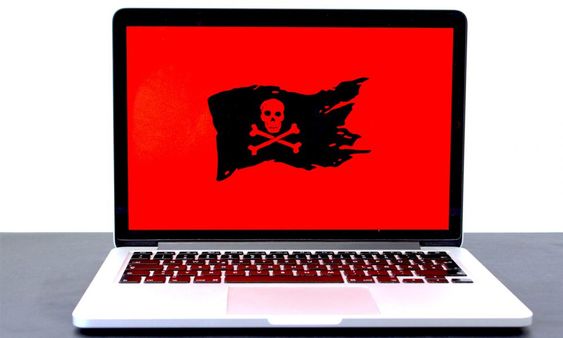Ransomware is a type of malware that asks for a ransom once it infects your computer. Its form of infection comes in data encryption or locking you out of your computer. Cybercriminals use it to breach security systems and steal valuable data from people or organizations.
Ransomware has long been a thorn in the side of many businesses across different industries. Thus, society has become more vigilant about them because they know how valuable data is nowadays. However, organizations still have a tough time dealing with ransomware attacks as they continue to increase.
Although it’s becoming more difficult every year, the battle against ransomware attacks is still winnable. All you need to do is to keep informing yourself about recent developments about the matter. You can start now by reading these ten facts about ransomware that businesses should know.
1. No business is safe
Unfortunately, no business is safe from a ransomware attack. Cybercriminals don’t care whether it’s big or small; once they see holes in your cybersecurity measures, they will pounce. In fact, small and medium-sized businesses are more at risk than the more established ones.
The Beazley Group found that 62% of small and medium-sized businesses are at risk of a ransomware attack. Another study by security firm Sophos found that 51% of businesses were hit by ransomware, implying that virtually every business that uses a computer system is at risk. Your business isn’t too small for cybercriminals to target, so consider asking for help from a third-party provider like a credible Kansas City managed services company.
2. Global rate of attacks is alarming
Recent statistics show that the rate of ransomware attacks is increasing globally. It usually comes in the form of an e-mail used for phishing, and it can happen in a matter of seconds.
In 2019, a business was affected by ransomware for every 14 seconds. This year got even worse, as it’s now decreased to 11 seconds. That’s how fast it can breach your security system, which is quite disturbing for those who don’t have enough to defend themselves. However, Microsoft found that the most malicious ransomware can successfully take over a company’s system in under 45 minutes, which means you should have enough time to detect and terminate it.
Aside from the speed ratio, cybercriminal activity using ransomware also increased in recent years. For example, ransomware from phishing emails increased by 109% between 2017 and 2019, and 1.5 million new phishing sites were created every month. This means the trend is still to target people who can’t decipher a phishing email.
Training your staff to detect phishing attempts is still as important as it was. That’s the best approach to improving your defense against ransomware.
3. The healthcare industry is heavily affected
Looking at recent data from the past three years or so, businesses and organizations in the healthcare industry seem to be the typical target for ransomware attacks. They also get more press attention because of the importance of healthcare in every country.
Healthcare institutions rely heavily on digitalized means and are also responsible for holding plenty of personal data from patients. That makes them the more appealing target for cybercriminals who use ransomware for data breaches. They can make more money from the amount of data they can steal from those institutions alone.
The estimated losses from ransomware that the healthcare industry sustained before 2020 sum up to around $25 billion. You don’t want to add to that if you’re in healthcare, so you better invest in better cybersecurity.
4. Ransomware is continuously evolving
The variants of ransomware are also growing in numbers. Its growth is one of the biggest challenges facing cybersecurity. It’s very likely that your business might get hit by a malware you’ve never heard of before, which is why it’s suggested that you keep track of these things.
Before 2020, the number of ransomware variants increased by 46%. In 2019, the Ryuk ransomware wreaked the most havoc by starting the first quarter of that year by increasing the amount of the total paid ransoms.
Be on the lookout for the most common ransomware that cybercriminals use, and make sure to find the best software that can protect your business from it. Right now, one of the most popular ransomware in the world is still WannaCry.
5. Ransomware costs are very high
As mentioned above, the costs that ransomware attacks brought to healthcare are terribly high. The payout and recovery costs, including the losses, can be crippling for small and medium businesses (SMBs). While Coveware found that a huge percentage of those who pay the ransom got a working decryption code from the threat actor, the future is still bleak in bouncing back from the attack.
66% of businesses never recover the cost of the attack, which is less than a third of those who chose to pay the ransom. In addition, 20% of victims also never recovered their lost data.
Concluding words
Ransomware is ruthless, and it doesn’t leave anyone unscathed. Therefore, it’s always better to prepare for the worse and have backup plans if the previous ones don’t work. Maintain that approach in cybersecurity, and you can avoid suffering the effects of a ransomware attack.
Author’s Bio:
 Luther Abrams is a known tech-savvy despite his age. He loves to explore new possibilities and tech innovations, which also inspired him to write more about technology and why it has become the future of everything.
Luther Abrams is a known tech-savvy despite his age. He loves to explore new possibilities and tech innovations, which also inspired him to write more about technology and why it has become the future of everything.







